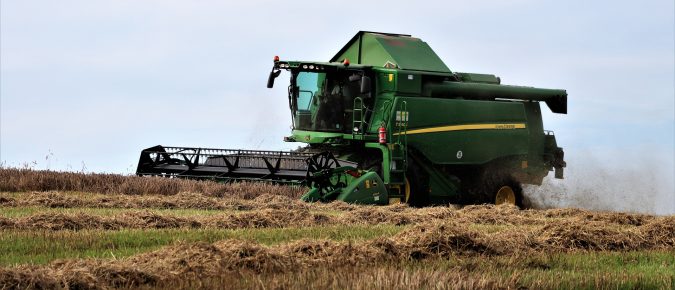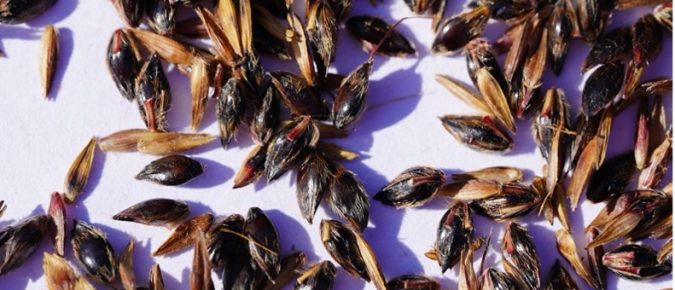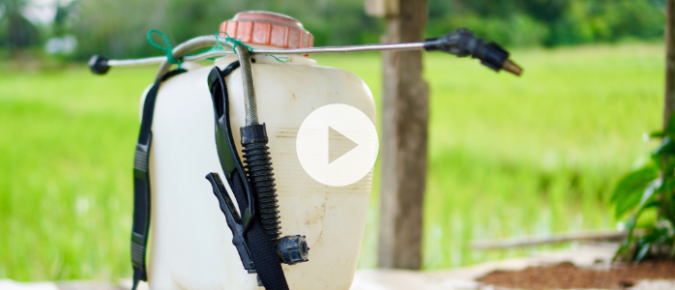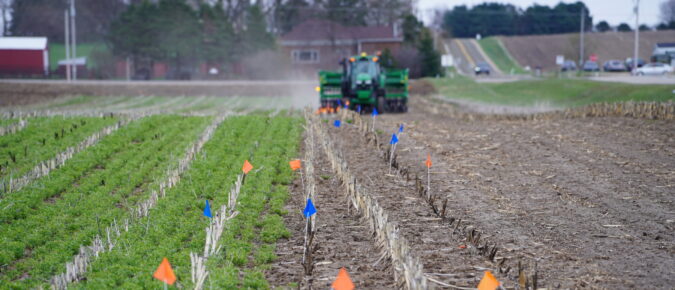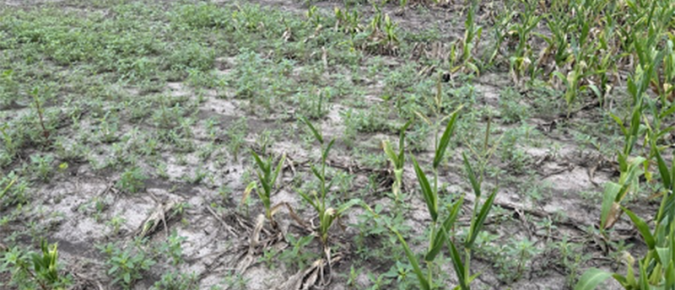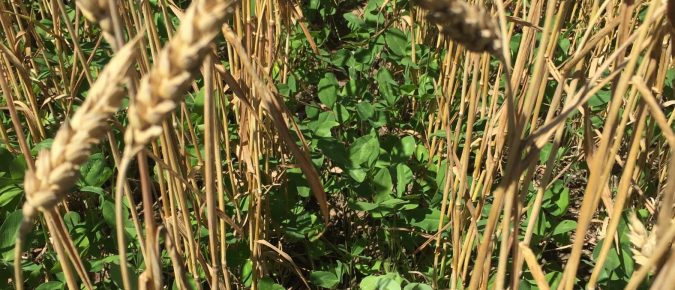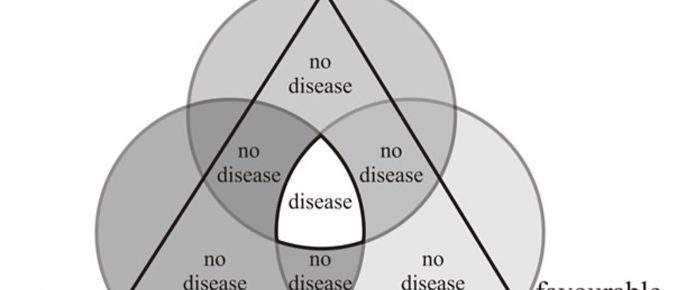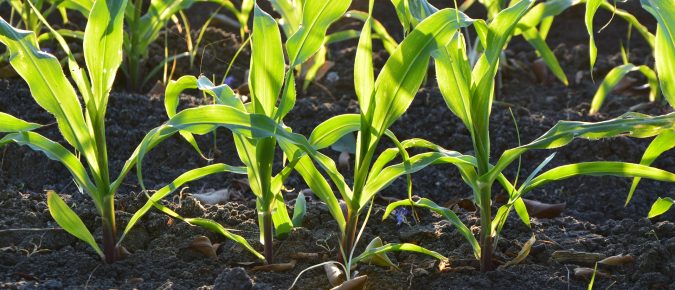Rodrigo Werle, Extension Weed Scientist and Daniel H. Smith, Nutrient and Pest Management Program Manager, demonstrate where weed seeds hide in a combine and how to clean a combine for weed seed management.
Johnsongrass, a highly invasive perennial grass that invades and impacts agricultural and natural areas throughout the United States, is popping up in southern Wisconsin along roadsides, agricultural fields and recent restoration activities. Learn how you can help monitor the invasive species.
This article walks through the different parts of and considerations around calibrating and using a backpack sprayer in diversified vegetable systems.
Dr. John Shutske explores the evolving role of artificial intelligence in agriculture, with a focus on generative AI and large language models (LLMs).
Josh Kamps covers hybrid and variety trial data for corn, soybeans, and small grains, pest and disease management considerations, herbicide resistance, and scouting strategies.
Dr. Tommy Butts breaks down the complexities of herbicide application and shares expert tips to help applicators improve coverage, reduce drift, and make smarter nozzle choices.
Using wheat to diversify corn-soybean crop rotations can act as a strong foundation for more effective, economic, and sustainable pest management.
In the final session of the Foundational Crop Scouting Training series, Jordan Kampa, nutrient and pest management outreach specialist, provides an in-depth introduction to common crop diseases affecting corn, soybean, wheat, and alfalfa.
Dan H. Smith hosts the fifth session in our 2025 Foundational Crop Scout Training and covers how to assess weed pressure, record field observations, and identify key weed species in Wisconsin row crops.
Dane Elmquist hosts the fourth session in our 2025 Foundational Crop Scout Training and covers key insect anatomy, life cycles, and identification strategies, along with practical field scouting techniques and sampling tools.
In this video, Dr. Damon Smith, UW–Madison Field Crop Pathologist, provides an early season update on crop disease risks and management strategies for Wisconsin.
Jordyn Sattler, UW–Madison Extension regional crops educator, explains the importance of identifying nutrient deficiencies, how to recognize key symptoms like chlorosis, necrosis, and stunting, and how to use tools like NDVI imagery and plant tissue sampling for accurate diagnosis.

